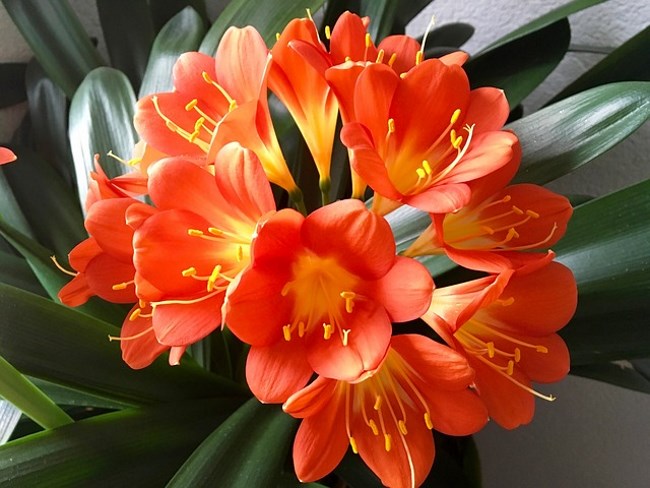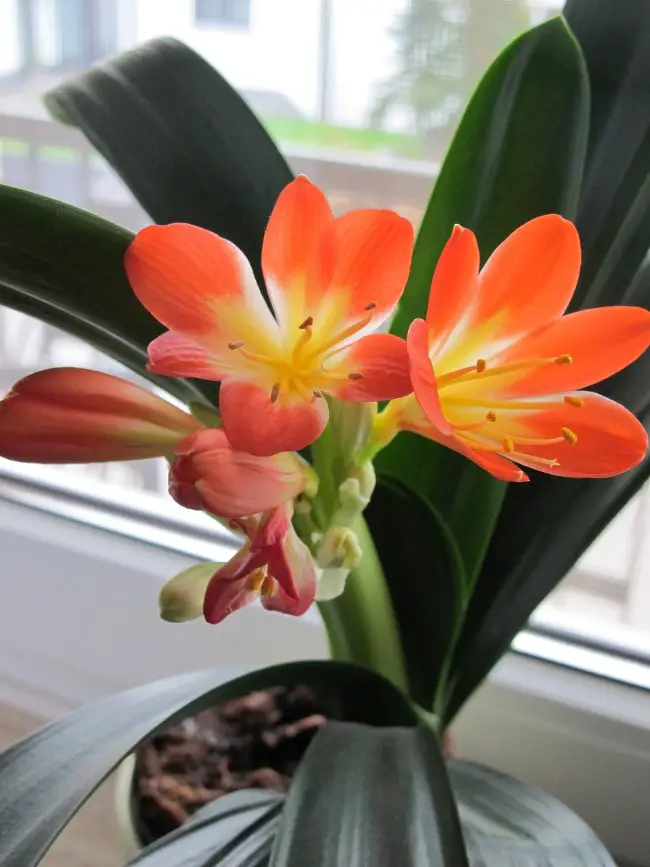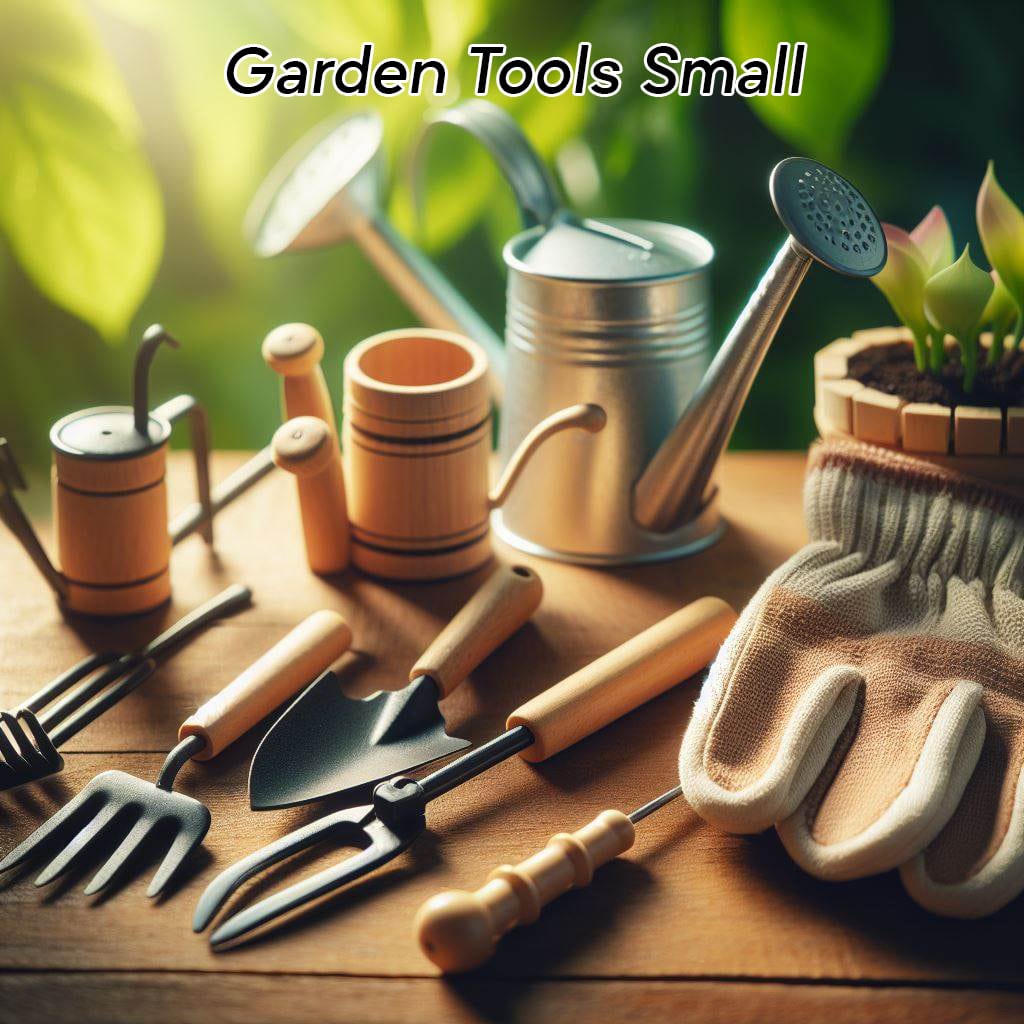is clivia an indoor plant?
QUICK FACTS
| Common Name: | Clivia |
| Hardiness Zone: 1-13S/W | Exposure: Houseplants – Bright Indirect Light |
| Blooms In | Feb-Mar |
| Mature Height | 18″ |
Native to South Africa, clivia plants have gained a lot of popularity among collectors. These peculiar plants, named for the legendary Lady Florentina Clive, are extremely expensive—up to fifty dollars or more per plant. Although most clivias are kept as fascinating houseplants, they may also be grown outdoors in containers under the right conditions. But during the winter, they have to be taken inside. The gorgeous blossoms of clivia plants, which range in hue from red to pale orange, are what draw people in. The tiny, fragrant, trumpet-shaped blooms resemble those of amaryllis. In contrast to amaryllis, clivias maintain their leaves throughout the year.
Clivia, also known as bush lily, is an elegant flowering plant that offers a unique alternative to winter-blooming plants like azaleas, amaryllis, or holiday cactus. It produces long-lasting orange or yellow flowers in dense clusters on a thick stem. Unlike the trumpet-shaped amaryllis flowers, Clivia flowers are smaller and last only a few days. Buds open in succession, resulting in a floral display lasting several weeks. This member of the amaryllis family shares many common characteristics.
Clivia, a plant similar to amaryllis, has long, strap-like leaves arising from a bulb-like base. Its mature silhouette can be 2 to 3 feet tall and wide. Like other amaryllis, Clivia contains small amounts of the alkaloid lycorine, which can cause toxicity when consumed in large quantities.
Clivia is a small genus native to subtropical southern Africa, first collected in 1815 by William J. Burchell. Named after Lady Charlotte Florentine Clive, the genus was named in 1828. The first species, Clivia nobles, was from the Eastern Cape Province. The showier, trumpet-flowered C. Miniata was discovered in KwaZulu-Natal in the early 1850s and became popular indoor plant during the Victorian era. It is found from KwaZulu-Natal Province and the eastern Transvaal to Swaziland.
Clivia is a plant that can survive in both dry and moist soil and bright indirect light or deep shade. It is drought-tolerant due to its thick, fleshy roots that store water. The plant is best when slightly root constricted, so wait until the roots are crowded before moving the plant to a larger container. Clivia can be divided and repotted at any time of the year. The plant can be divided into large fans of leaves, ensuring each group has plenty of roots, and potted up in a well-drained, humus-rich soil mix. A yellow form of Clivia Miniata Catrina was collected in 1888 in Zululand. Other pendulous-flowered species include C. gardenia, C. Robusta, C. caulescens, and C. mirabilis.
Clivias are native to organic material and can be found in deep to partial shade. They thrive in bright diffused light, such as a north or east window, and can be moved outside for summer but must be brought in before freezing weather. They require regular watering but should be allowed to become dry between waterings. Meatybugs can be a problem, as they hide in tight spaces between leaves. Overwatering and wet conditions may lead to root rots.
Clivias require a minimum of a month of cool nighttime temperatures, followed by 6-8 weeks with minimal water and no fertilization. Once the flower stalk appears, increase watering and return the plant to room temperature. Low light plants rarely flower but still produce nice foliage. When flowers fade, remove the stalk at its base unless you want seeds. If pollinated, the flowers will produce a green, cherry-sized berry that turns red over many weeks. The seeds take almost a year to ripen.
Clivias can be propagated by division or from seed. Once mature, they begin producing one or more offsets each year, which can be separated from the parent plant when they have 3 or 4 leaves. They can be grown from seed but take three to five years to bloom for the first time and five to 10 years to fill a whole container. Fresh seeds should be planted as soon as possible after ripening.
Seedlings grow slowly and continuously, so fertilize about monthly once the first leaf is well developed. Grow the plants until there are at least 12 mature leaves (2 to 4 years) before trying to induce flowering.
If you want to know more about Clivia care, read “clivia plant care” blog!

Tips for Growing Clivia
While clivias grown outdoors require shade, those grown indoors enjoy bright, indirect light. They also enjoy soilless mix or rich, well-draining potting mix.
During the spring through fall, when clivia is most active, the plant needs temperatures of at least 70 degrees Fahrenheit (21 degrees Celsius) during the day and at least 50 degrees Fahrenheit (10 degrees Celsius) at night. After a dry autumn hibernation period, clivias often start flowering in the winter, about in February. The plant will continue to produce foliage rather than flowers without this time of rest. Additionally, these plants flower better when somewhat potbound.
Information: are clivia poisonous to dogs?

Care for Clivia Plant
Although clivia is tolerant to neglect, clivia care is still necessary. Actually, clivia plant maintenance is not that difficult. In between thorough watering’s, the soil should be maintained somewhat moist but let to dry out a little. Additionally, they need to be fertilized once a month.
Plants that are meant to be outside should be brought inside for a period of 12 to 14 weeks in late fall, around October. Withhold fertilizer and water during this period, giving plants only enough to keep their leaves moist. You may gradually go back to your regular feeding and watering schedule after their rest period. You should also start to notice blossom buds in about a month. If desired, clivia can be moved back outside to a shaded spot once the danger of frost has passed.

Additional Clivia Care
Clivias are difficult to propagate, but repotting can be done every three to five years in spring after flowers fade. Division is the preferred method, as it takes about three to five years for plants to bloom, and offshoots take one or two years.
Clivia Miniata Care Tips:
Origin: South Africa
Height: Up to 24 in (60 cm)
Light: Bright light, no direct sun. Don’t have a window available? Clivia Miniata grows beautifully under fluorescent lights.
Water: Keep soil evenly moist in spring and summer. In fall and early winter, water sparingly just to keep plant from drying out completely. Gradually increase watering in midwinter. It’s a good idea to use a pot with drainage holes to prevent soggy potting mix.
Humidity: Average room (around 45% relative humidity) or higher. Humidity tends to plummet indoors in the winter, so it’s a good idea to use a pebble tray or a cool-mist room humidifier.
Temperature: Winter through summer, average temperatures 65-75°F/18-24°C. In fall, a cool rest of 40-55°F/4-13°C is needed for 6-8 weeks for clivia to re-bloom.
Soil: Good-quality, peat-based potting mix.
Fertilizer: Feed every 2 weeks spring to fall with a high-phosphorous fertilizer. Stop feeding in winter.
Propagation: Division. This plant’s thick, fleshy roots are somewhat fragile. Carefully detach offsets with roots from the parent plant immediately after flowering and pot in separate containers. You can expect blooms when Clivia Miniata is at least 3 years old.












1 comment on “is clivia an indoor plant”